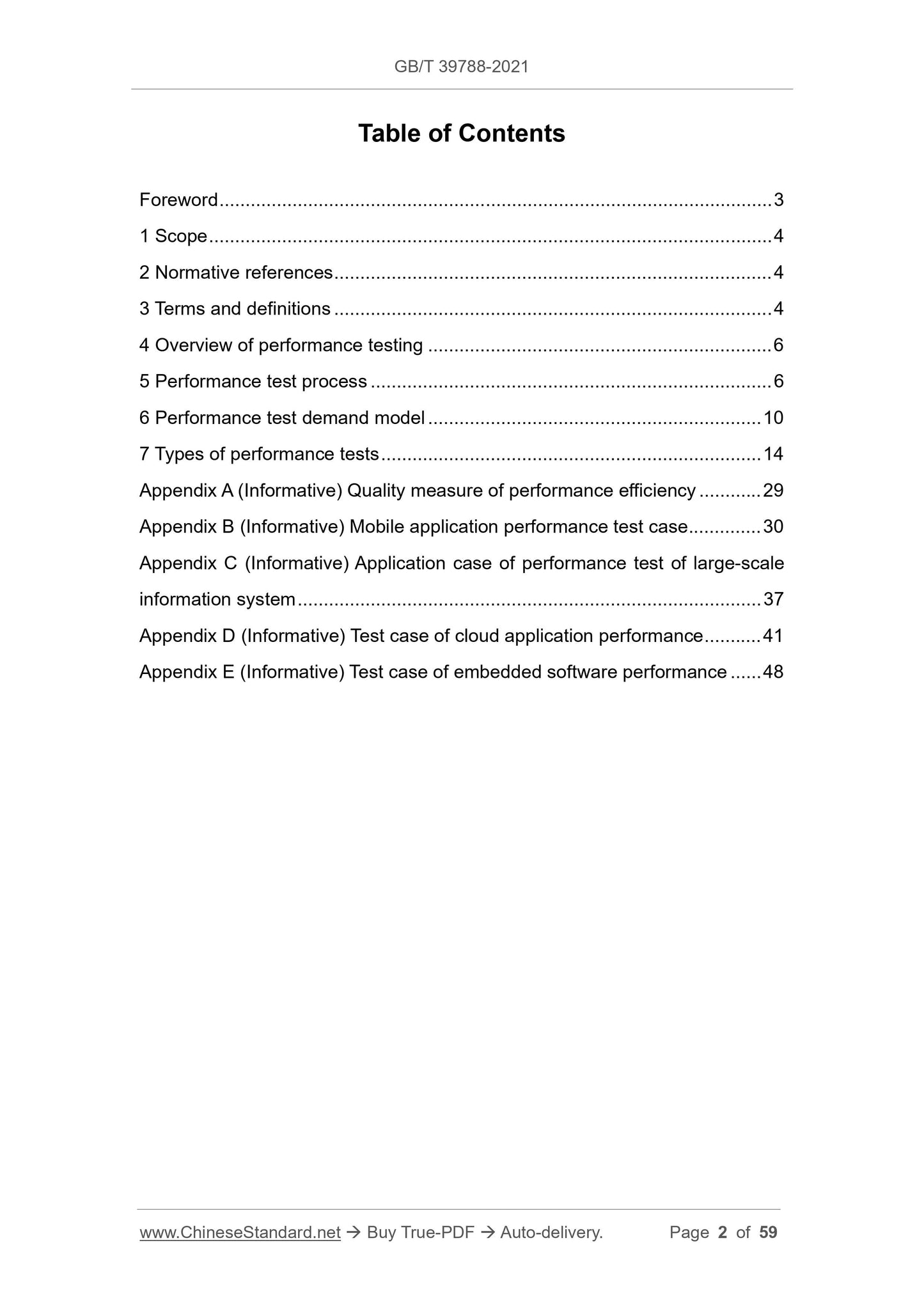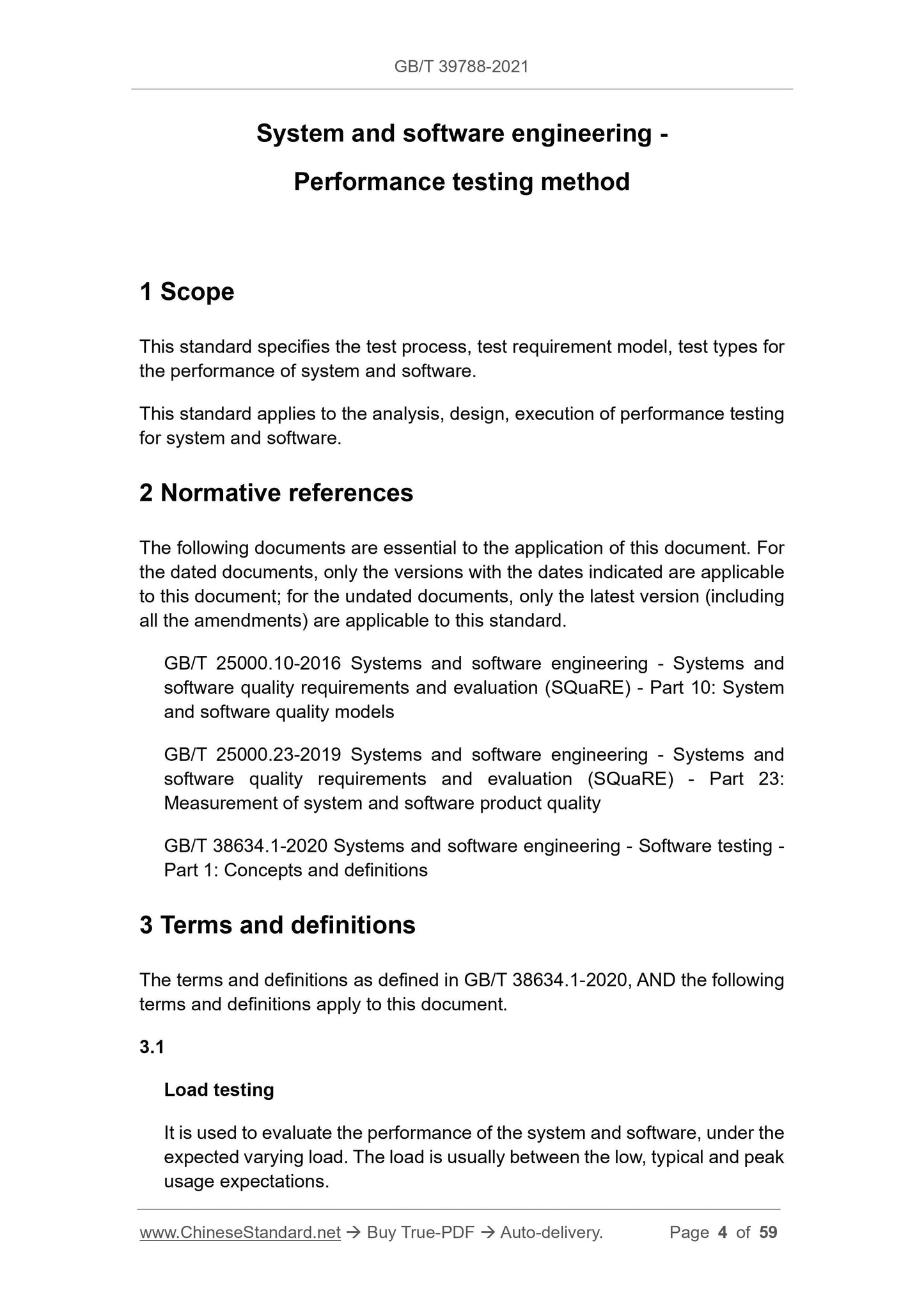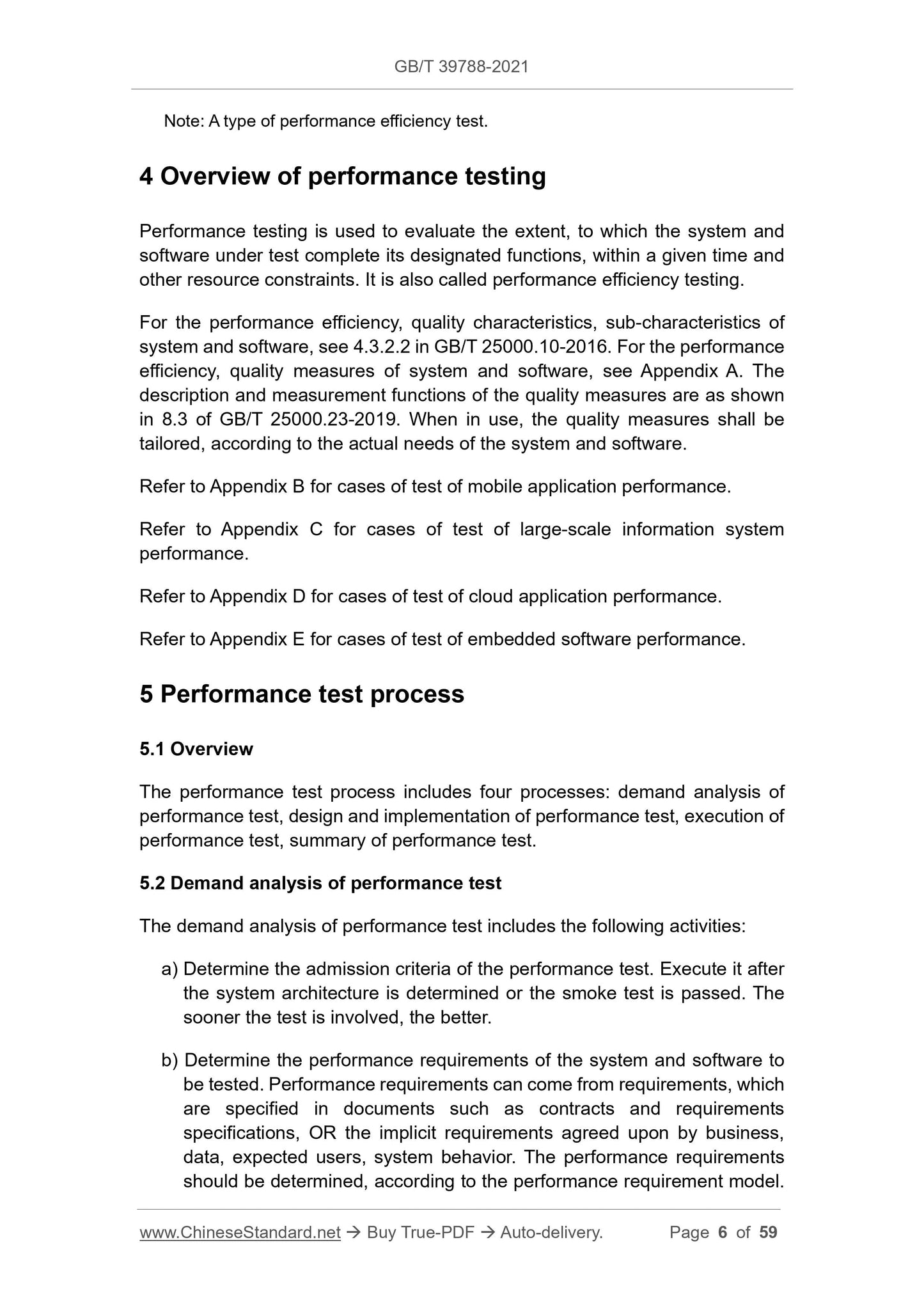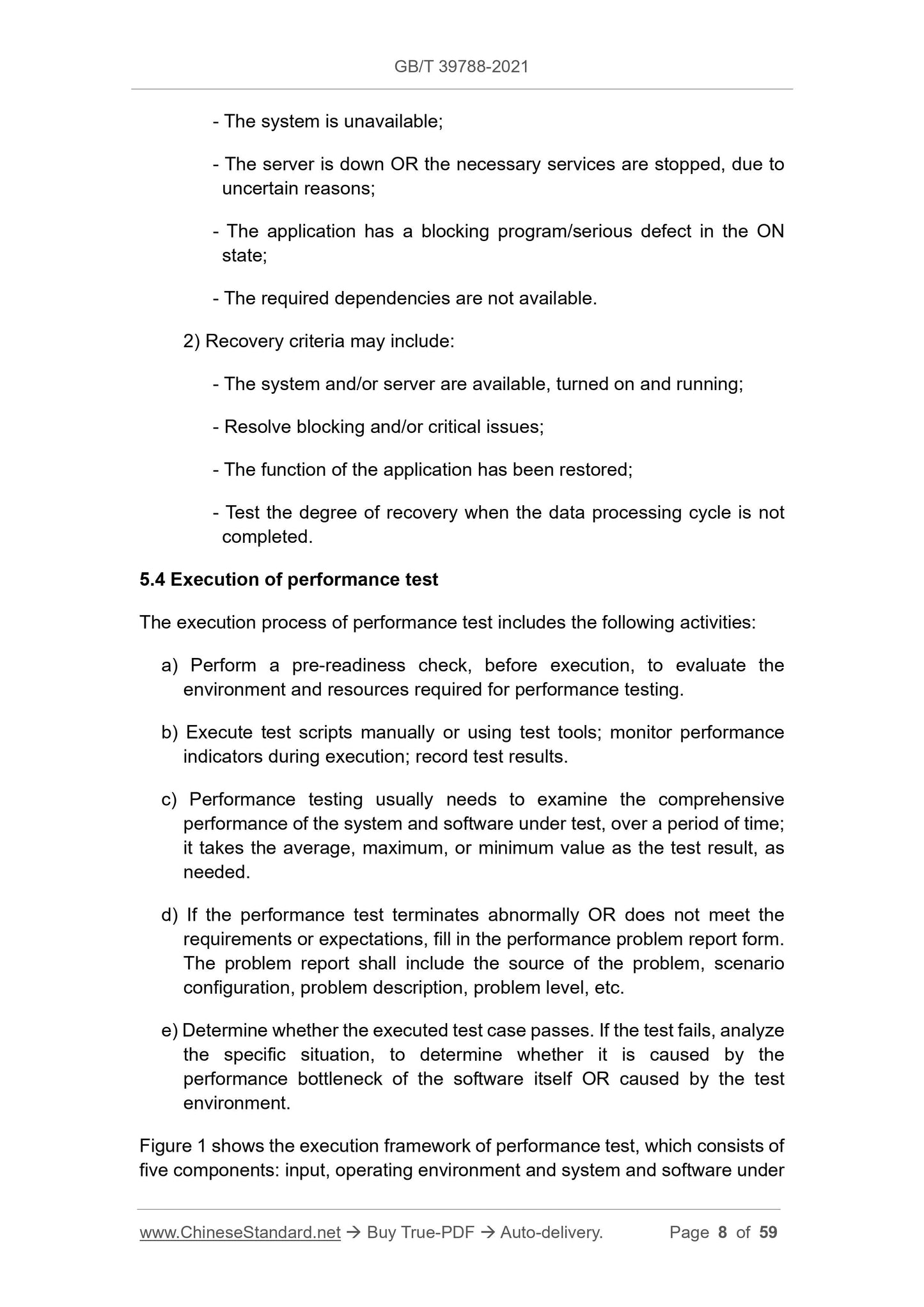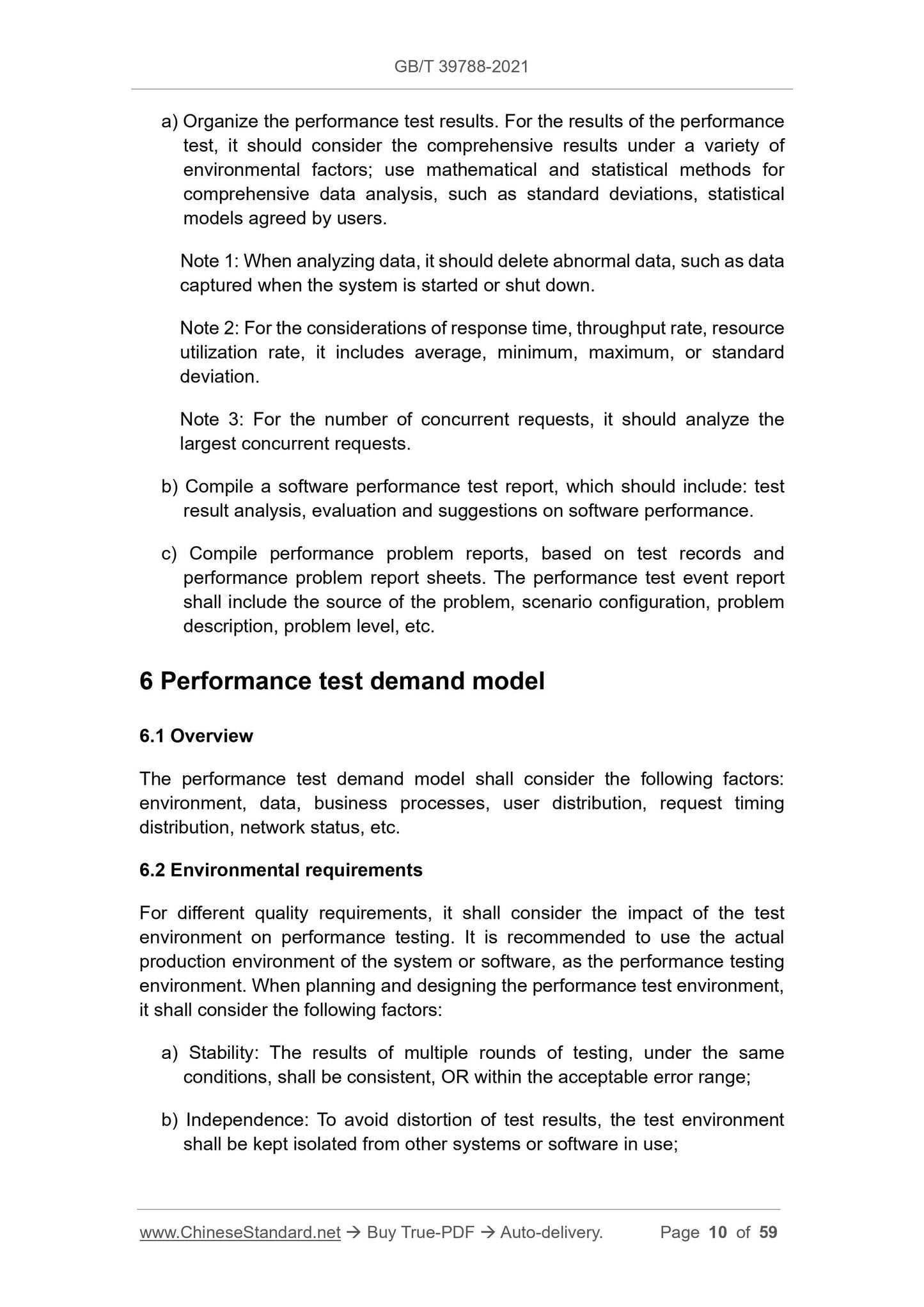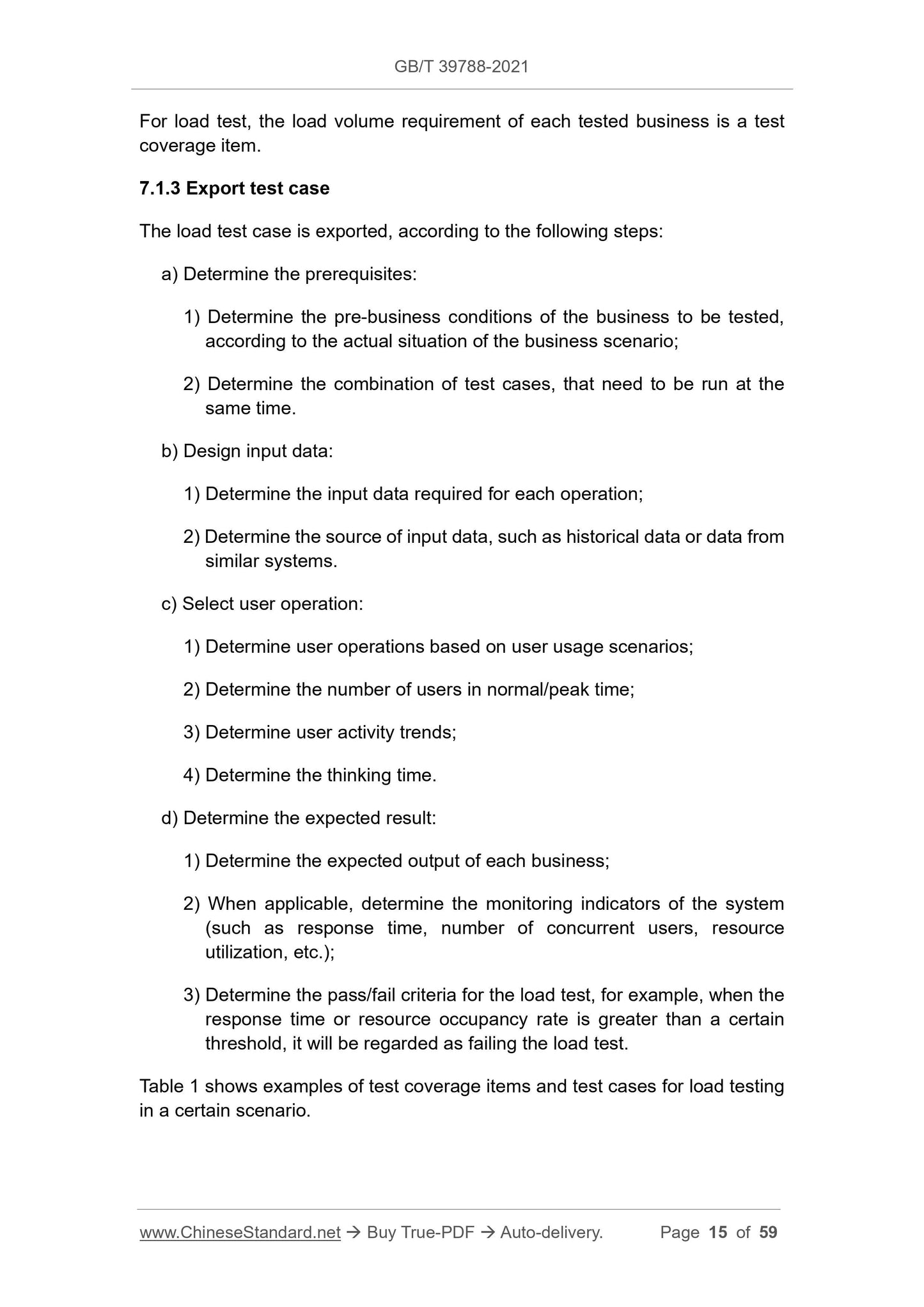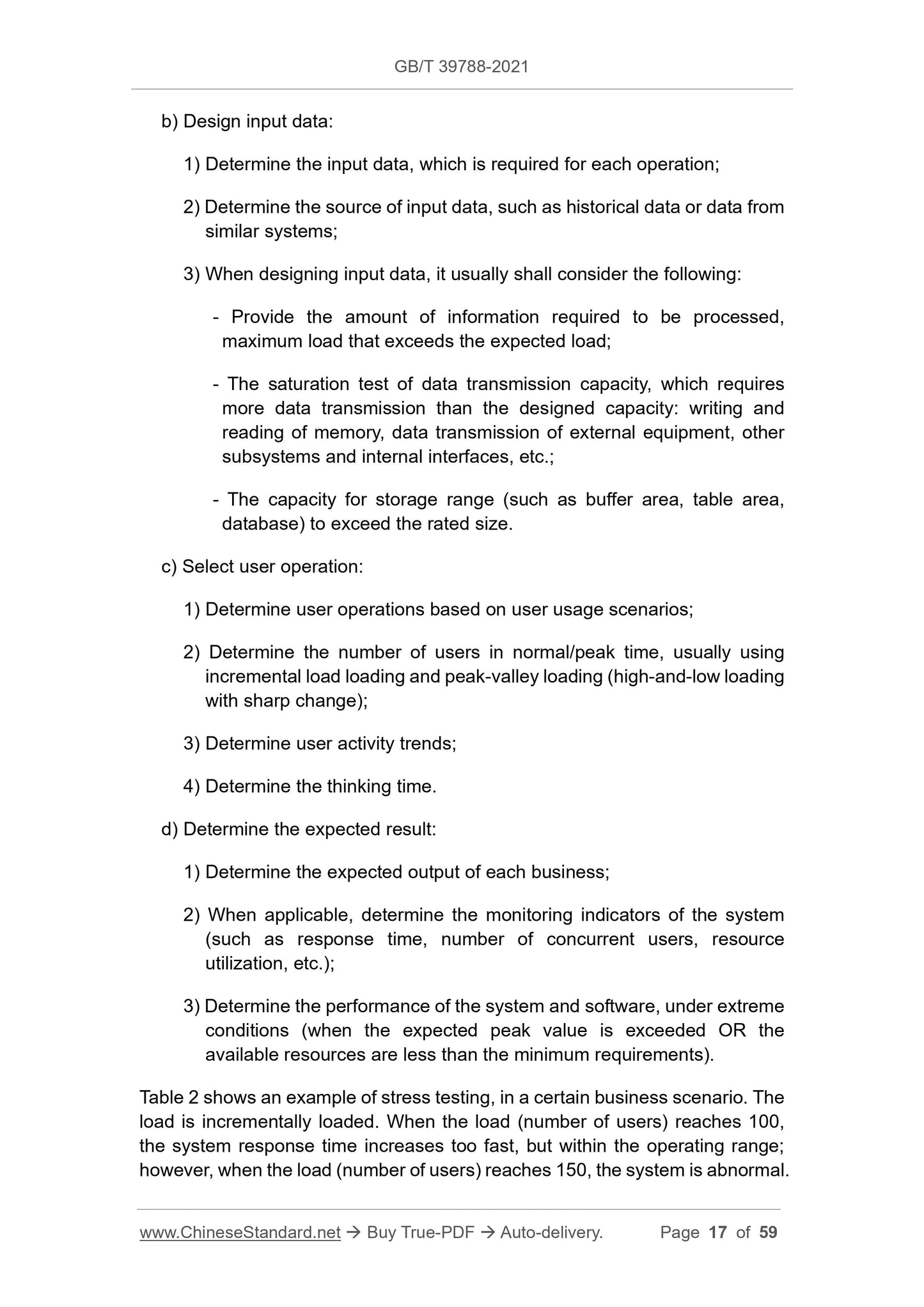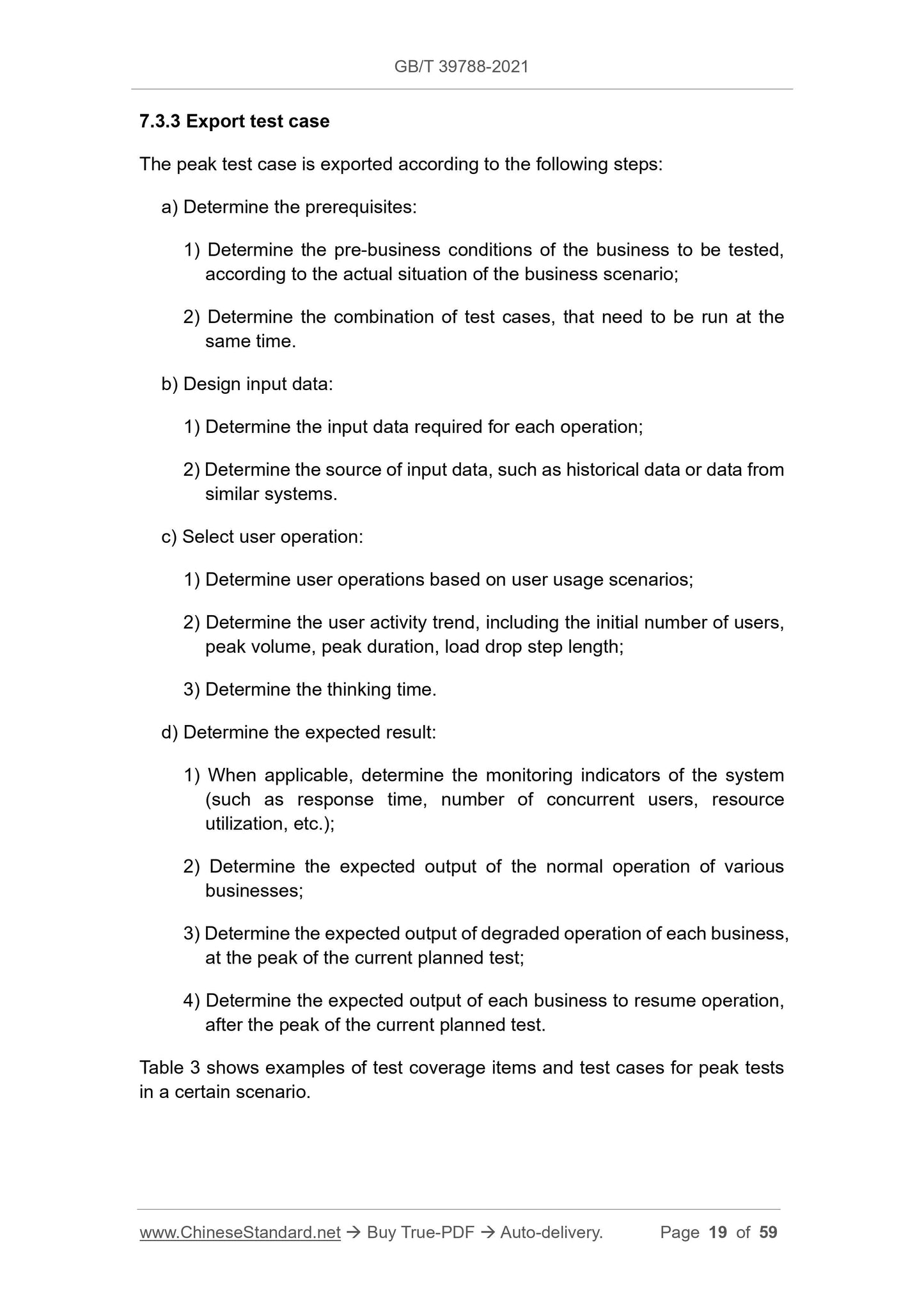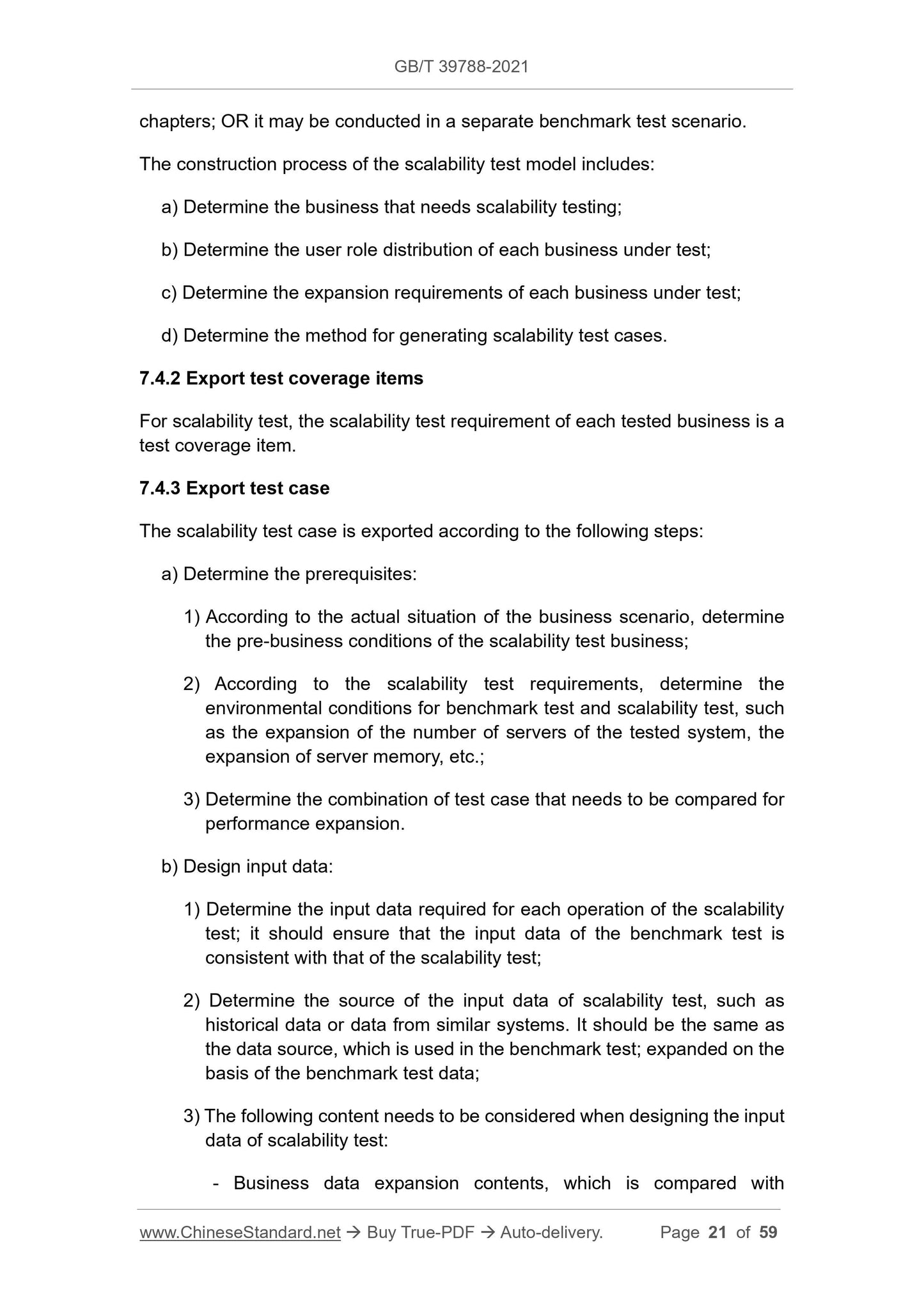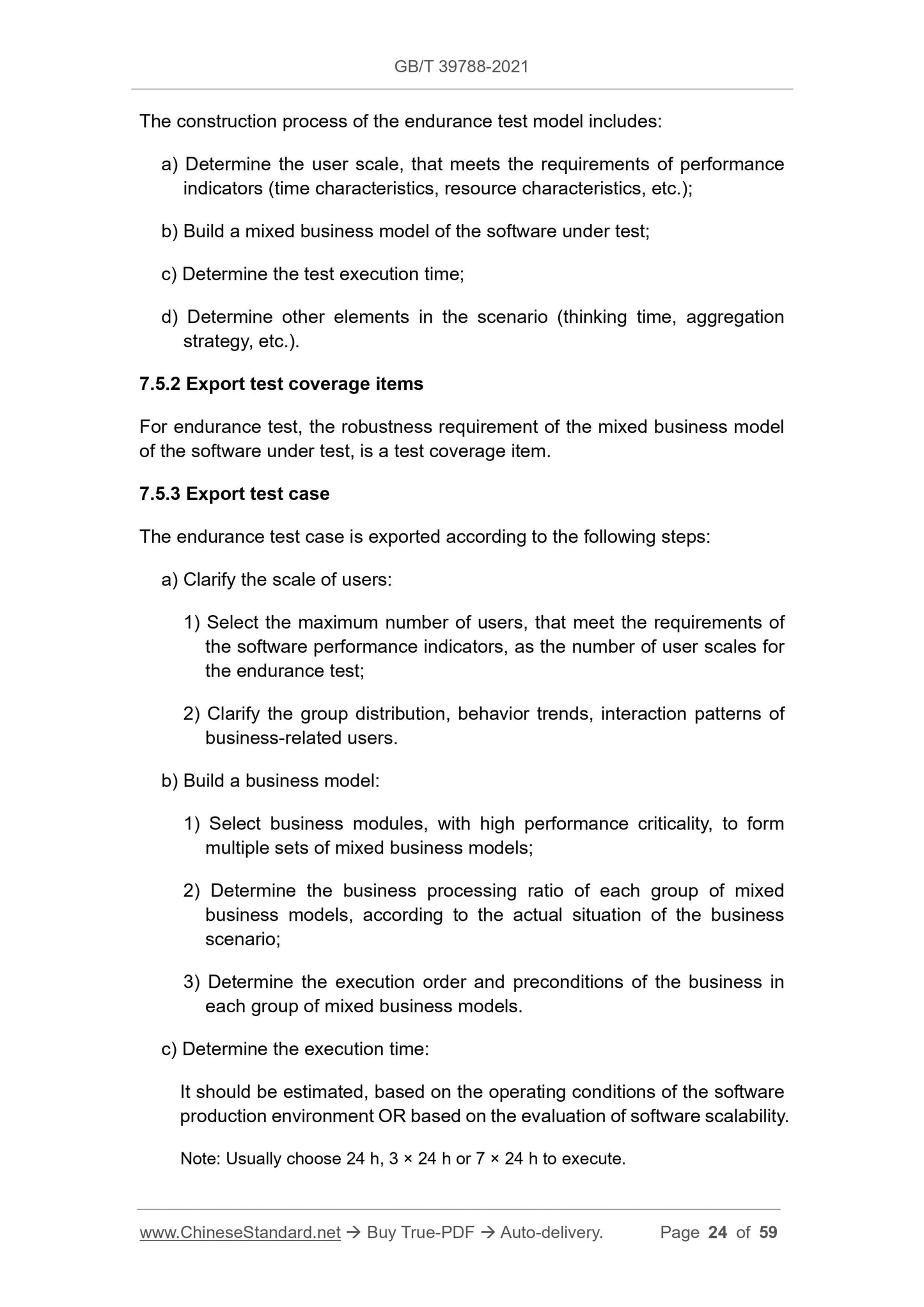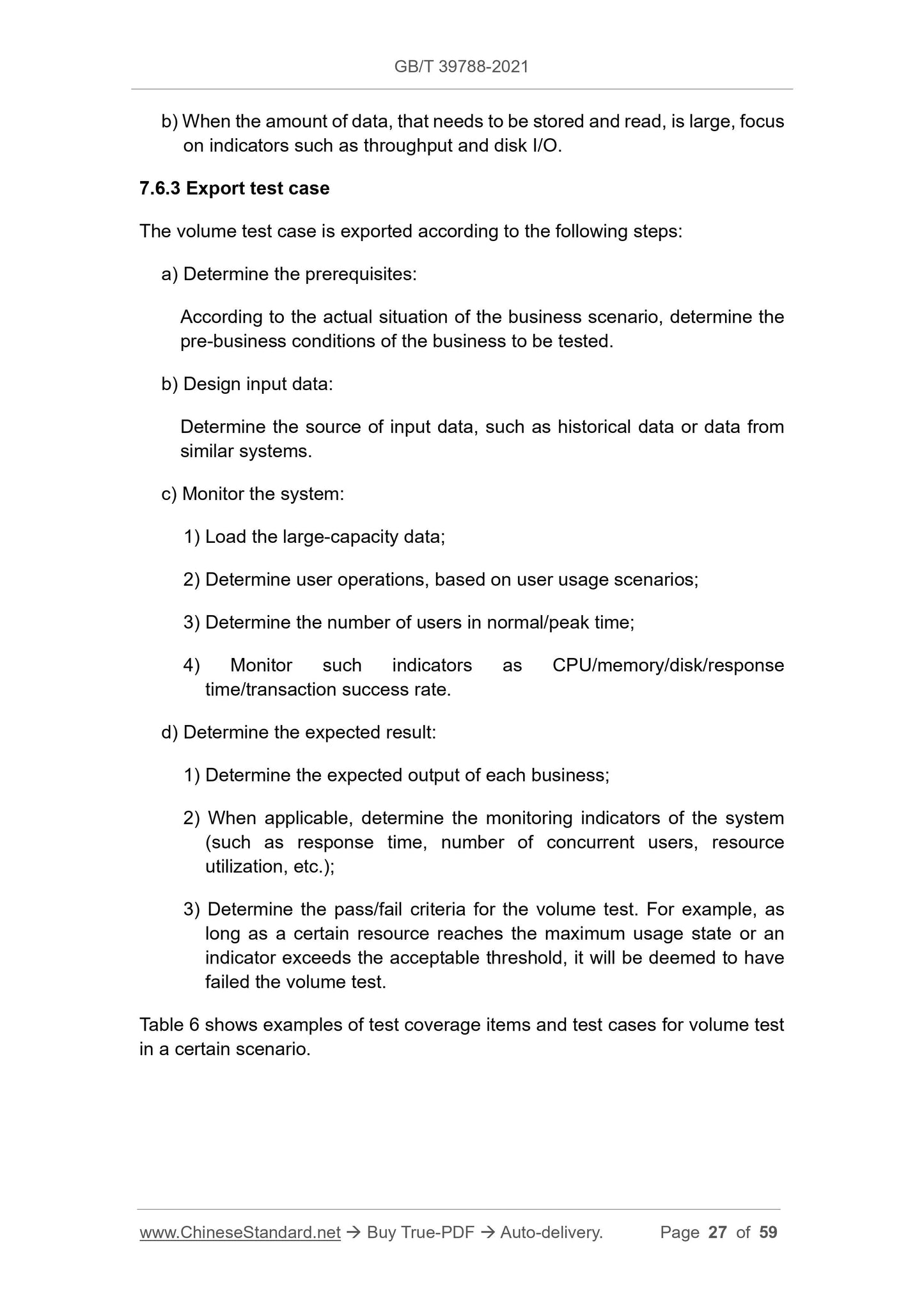1
/
of
12
www.ChineseStandard.us -- Field Test Asia Pte. Ltd.
GB/T 39788-2021 English PDF (GB/T39788-2021)
GB/T 39788-2021 English PDF (GB/T39788-2021)
Regular price
$635.00
Regular price
Sale price
$635.00
Unit price
/
per
Shipping calculated at checkout.
Couldn't load pickup availability
GB/T 39788-2021: System and software engineering - Performance testing method
Delivery: 9 seconds. Download (and Email) true-PDF + Invoice.Get Quotation: Click GB/T 39788-2021 (Self-service in 1-minute)
Newer / historical versions: GB/T 39788-2021
Preview True-PDF
Scope
This standard specifies the test process, test requirement model, test types forthe performance of system and software.
This standard applies to the analysis, design, execution of performance testing
for system and software.
Basic Data
| Standard ID | GB/T 39788-2021 (GB/T39788-2021) |
| Description (Translated English) | System and software engineering - Performance testing method |
| Sector / Industry | National Standard (Recommended) |
| Classification of Chinese Standard | L77 |
| Word Count Estimation | 42,421 |
| Issuing agency(ies) | State Administration for Market Regulation, China National Standardization Administration |
Share

